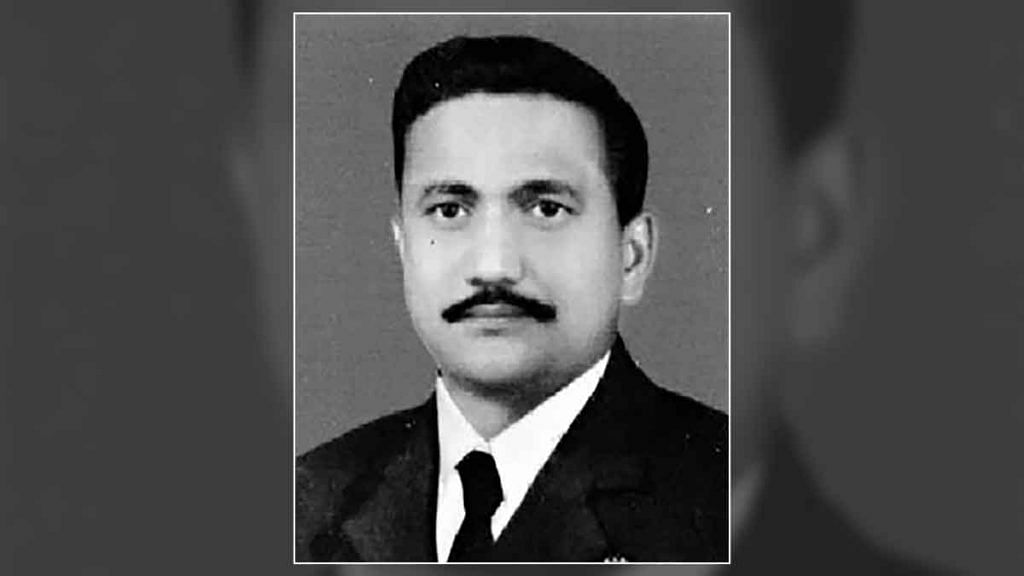New Delhi: Amid the continuing India-Pakistan tensions, Indian Air Force (IAF) Chief B.S. Dhanoa Monday said the vintage MiG-21 Bison did shoot down an F-16 fighter aircraft of the Pakistan Air Force last week. Pakistan continues to deny the incident.
Speaking to reporters in Coimbatore, Air Chief Marshal Dhanoa mentioned a 1965 Indo-Pakistan War legend of a heavy and slow-moving IAF Mystere that shot down a Pakistani F-104 Starfighter in a dogfight.
“Something similar has happened over the past five days,” said Dhanoa.
In IAF’s history, the 1965 dogfight mentioned by the IAF chief is counted as among the finest.
The hero of that dogfight, Squadron Leader Ajjamada Boppayya Devayya, was the first IAF officer to be posthumously awarded the Maha Vir Chakra (MVC).
He was awarded the MVC in 1988, 23 years after the war and only after a British writer, commissioned by the Pakistan military, revealed the details.
Also read: We hit target, we don’t count casualties: IAF chief on Pakistan strike
Sargodha dogfight
Details of the dogfight, as enumerated here, were also written by a military historian, P.V.S. Jagan Mohan, and a philosophy professor at Brooklyn College, Samir Chopra, in The India-Pakistan Air War of 1965.
On 7 September, 1965, the IAF planned an air strike on PAF base at Sargodha in a bid to neutralise its air assets.
Squadron Leader Devayya was part of the mission that went in, but was on standby. When he joined the air battle, he was intercepted by an enemy F-104 Starfighter flown by Pakistani Flight Lieutenant Amjad Hussain.
In the ensuing combat, the faster and more modern enemy aircraft caught up with him and damaged the aircraft.
Devayya was faced with an unenviable choice — he could take the Starfighter head on and fight it out, in which case, even if he survived, he would have had no fuel to fly back to the border, or he could just fly on hoping to evade the pursuing enemy aircraft.
“But Devayya, ‘an unusual type of character and one of those Second World War types’, unsurprisingly, chose to stand and fight,” write Mohan and Chopra.
Devayya shot at the enemy aircraft, and Hussain bailed out.
What happened to the IAF hero remains a mystery. He is believed to have perished when either his Mystere went out of control and crashed or during an unsuccessful ejection at a low level.
True to its history, though, Pakistan denied that Hussain’s Starfighter was shot down and claimed it crashed “because of flying through the debris of an exploding Mystere”.
Hussain was shot down again in the 1971 Bangladesh Liberation War while attempting a strike on Amritsar airfield and spent more than a year as a prisoner of war. He went on to become an Air Vice Marshal in Pakistan.
Also read: Lance Naik Nazir Ahmad Wani, a former militant now an Ashoka Chakra awardee
How Devayya’s bravery was revealed
In 1979, British writer John Fricker brought out Battle for Pakistan: The Air War of 1965 — it was the only book dedicated to telling the story of the air war of 1965.
The IAF neither brought out its own account nor denied any of the extravagant claims in the book, which was an ode to the PAF.
However, Fricker’s book made an important contribution to the IAF’s legacy.
As it explained, PAF officials told Fricker in 1972 that a Mystere did shoot the Starfighter down and it was not the accident as was claimed earlier. Fricker reported the incident as a “loss to a Mystere”.
However, this subsequently led to Indian government taking a relook at the incident, and it came to the conclusion that Hussain was indeed shot down by Devayya, who himself crashed soon after.
This paved way for the Maha Vir Chakra to Squadron Leader Devayya, 23 years after his heroic death.
